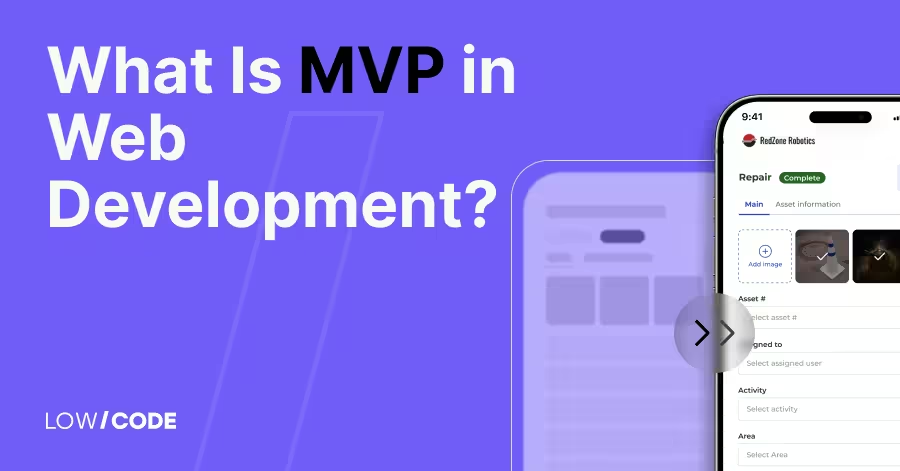MVP Development Process | Guide for Founders
21 min
read
Learn the complete MVP development process to launch faster, save costs, and validate your startup idea with real user feedback before scaling
What Is an MVP and Why It Matters
A Minimum Viable Product (MVP) is the simplest version of your app or product that delivers core features to solve a problem for early users. It’s not about building everything at once but focusing on the essentials that prove your idea works.
Startups build MVPs before creating full products because it reduces risk and validates assumptions. Instead of spending months or years on a complex build, an MVP allows founders to launch quickly, test demand, and learn from real user behavior.
The benefits of an MVP include:
- Faster launch – Get to market in weeks instead of months.
- Cost savings – Avoid spending heavily on features users may not want.
- Real feedback – Learn what customers need and refine before scaling.
By starting small, businesses can grow smarter and faster.
Phase 1: Planning and Research
The foundation of any MVP lies in proper planning and research. Before writing a single line of code or using no-code tools, you need clarity on the problem, users, and goals.
Define the Problem and Target User
The first step is identifying the pain point you are solving. What problem exists that is significant enough for people to want a solution? Once you know the problem, define your target users.
- What do they care about?
- What frustrations do they face daily?
By understanding your audience deeply, you make sure your MVP is relevant and valuable. A clear target user profile guides decisions in design, functionality, and positioning.
Read more | Healthcare MVP guide
Validate the Idea Before Building
Before committing resources, test your idea in the real world. Use surveys, landing pages, or even pre-orders to measure early interest. Talking to potential users is essential because these conversations reveal what they like, dislike, or expect from a solution.
Social media polls or lightweight prototypes can also gauge demand. The goal is to confirm that people truly want your solution before investing time and money. Validation reduces risk and ensures your MVP solves a real problem.
Read more | Mobile app MVP development guide
Write a Clear Problem Statement and Solution Hypothesis
Turn your idea into a short, focused statement that explains the problem and how your MVP addresses it.
For example: “Busy freelancers struggle to track invoices. Our app simplifies invoicing in one click.” Then form a solution hypothesis: “If we build X, users will do Y.” This frames your expectations and sets measurable outcomes.
Writing this down forces clarity, keeps the team aligned, and provides a reference for testing later. Without a clear problem statement and hypothesis, it is easy to drift into feature overload.
Read more | MVP case studies
Analyze Market and Competitor Landscape
Understanding the market and competition helps you position your MVP effectively. Research existing solutions. What features do they offer, and where do they fall short? Read reviews, study pricing, and analyze user complaints. Gaps in current products are opportunities for differentiation.
Competitor analysis does not mean copying. It means spotting unmet needs and delivering better. This step also shows stakeholders that you know the landscape and can explain why your product deserves attention. A clear analysis ensures your MVP has a unique angle.
Read more | Bubble MVP app development
Define Your Value Proposition
Your value proposition answers the question: “Why should users choose your product?” Focus on what makes your MVP unique or better than current alternatives.
- Does it save time?
- Reduce costs?
- Provide simplicity that others lack?
A strong value proposition highlights how your solution helps users achieve their goals. Keep it simple and user-focused so your audience understands it quickly. This clarity not only helps with adoption but also strengthens investor pitches and marketing campaigns.
Read more | SaaS MVP development guide
Set Business Goals and Success Metrics
Finally, define how you will measure success. Your MVP needs tangible goals such as user signups, demo bookings, or time spent on the app.
These metrics reveal whether your solution resonates with users. For example, if your goal is 500 signups in the first month, you will know if demand exists. Clear goals keep the team aligned and motivated.
Success metrics should reflect both business outcomes and user engagement. This helps you decide whether to pivot, iterate, or scale. Without defined goals, it is difficult to measure progress.
Phase 2: Feature Planning and MVP Strategy
Once you have validated your idea, the next step is deciding what features to include and what type of MVP best suits your goals. This stage is about strategy and focus.
Prioritize Features with MVP Mindset
When building an MVP, it is easy to get carried away by feature ideas. The goal, however, is not to build everything at once, but to launch with the essentials. Frameworks like the
- MoSCoW method (Must-have, Should-have, Could-have, Won’t-have)
- Kano Model help sort features by priority and value.

Your first release should only include must-have features that directly solve the core user problem. For example, a food delivery MVP only needs menu browsing, ordering, and payments.
Advanced features like loyalty programs or reviews can wait. By keeping the scope lean, you launch faster, save costs, and learn from real users before investing in extras.
Read more | Web MVP development
Choose the Right Type of MVP
Not every MVP looks the same. Choosing the right approach depends on your resources and validation goals.
- Concierge MVP – Provide the service manually behind the scenes to test demand.
- Wizard of Oz MVP – Show a working interface while processes run manually in the background.
- Piecemeal MVP – Combine existing tools and services instead of building everything from scratch.
- Landing Page MVP – Use a simple page to test interest and collect signups before development.
Each method reduces risk while gathering feedback. Picking the right MVP type ensures you test your idea efficiently without overspending on development.
Read more | Best MVP development agencies
Phase 3: Building the MVP
Once your strategy is ready, it is time to build. The success of your MVP depends on choosing the right platform and the right people to bring it to life.
Step 1: Choose the No-code Platform
The platform you choose shapes the speed, cost, and scalability of your MVP. Each option has its strengths:
- Bubble – Best for complex web apps with advanced logic and workflows.
- FlutterFlow – Strong for native mobile apps on iOS and Android.
- Glide – Great for Progressive Web Apps (PWAs) and internal tools built fast.
- Webflow – Perfect for landing pages or content-heavy MVPs.
- Airtable, Xano, Firebase – Reliable backends for databases and automation.
Make sure the platform supports integrations, APIs, and scalability. Choosing incorrectly can force costly rebuilds, so align the tool with your app’s vision and long-term growth plans.
Read more | How to Build AI HR App
Step 2: Partner with Experts
Even with no-code, experience matters. Working with a no-code agency helps you with:
- Plan development sprints and workflows.
- Structure your database for long-term use.
- Avoid costly mistakes that slow down progress.
Agencies like LowCode Agency bring proven frameworks from past MVP launches, which means faster, safer results. If you are a solo founder, partnering with experts fills gaps in design and technical knowledge. With the right guidance, your MVP moves from idea to reality in weeks, not months.
Phase 4: Testing and Launch
Once the MVP is built, the next step is making sure it works as expected and then introducing it to real users. Testing and launch are critical for gathering insights and driving adoption.
Read more | How to Build an AI App for Customer Service
Test Internally and with Beta Users
Start by running internal tests with your team to catch obvious bugs, usability issues, and workflow gaps. Next, release the MVP to a small group of beta users who represent your target audience.
Observe how they interact with the app, where they get stuck, and which features they find most valuable. Collect feedback through surveys, interviews, or built-in analytics to understand real user behavior.
This testing stage ensures your MVP delivers value before a broader launch. Fixing bugs early and improving the user journey increases your chances of market success.
Read more | How to Build AI Ecommerce platform
Launch the MVP to Market
After beta testing, move to your MVP launch. This could be a soft launch with a limited audience or a public release to a wider market. Keep marketing simple by using cost-effective channels such as landing pages, email campaigns, social media, or product listing sites like Product Hunt.
A smaller launch allows you to monitor performance closely and make quick adjustments. Focus on gathering data about signups, engagement, and retention. The goal of this stage is not perfection but learning fast from real users so you can refine and prepare for growth.
Read more | How to Build an AI Nutritionist App
Phase 5: Learn and Iterate
An MVP is not the end product. It is the beginning of a cycle of feedback, learning, and improvement. This stage ensures your app continues to evolve in ways that match user needs and market demand.
Collect Feedback and Analyze Metrics
Once your MVP is live, collect as much feedback as possible. Look at usage data, heatmaps, and analytics to see how people interact with the app. Combine this with surveys, interviews, and direct user feedback to uncover what is working and what is not.
The goal is to identify patterns, highlight popular features, and expose problem areas. A clear picture of user behavior allows you to make informed decisions instead of guessing what to change.
Read more | AI fitness app development guide
Use the Build-Measure-Learn Loop
Adopt the Build-Measure-Learn loop, a proven framework from Lean Startup methodology. Build a feature or improvement, measure how users respond, and learn from the results. Keep feedback cycles short to avoid wasting time on features nobody wants.
The faster you test and improve, the closer your product moves toward product-market fit. Iteration is not about adding endless features, but refining the core experience users care about most.
Read more | How to hire AI app developers
Decide When to Pivot or Persevere
Not every MVP will succeed in its original form. The key is knowing when to pivot or persevere. If metrics show weak engagement, low retention, or feedback that points to a misaligned solution, it may be time to pivot toward a new direction.
On the other hand, if usage grows and users clearly value your product, double down on what is working. Making this decision with data, rather than gut feeling, ensures your resources go toward building a product that can succeed long term.
Read more | AI business process automation guide
Beyond MVP: What’s Next
Building and launching an MVP is only the first step. The real journey begins once you start improving, scaling, and turning your prototype into a complete product.
Plan Post-MVP Improvements
After launch, focus on adding features that users truly want. Avoid guessing; instead, use feedback and analytics to guide decisions. Improvements may include faster performance, smoother user experience, or better workflows.
Small but targeted updates can create a stronger product-market fit. Do not overload your app with unnecessary features. Instead, prioritize enhancements that directly address user pain points and make the app more valuable.
Timeline Estimates for Each Phase
Understanding realistic timelines helps you plan resources and set appropriate expectations with stakeholders, investors, and early users.
- Planning and Research (2-4 weeks): This includes user interviews, market analysis, problem validation, and creating your MVP specification. Rushing this phase leads to building the wrong product, so invest adequate time upfront.
- Design and Prototyping (2-3 weeks): User experience design, visual mockups, and workflow mapping. Good design prevents costly changes during development and improves user adoption rates.
- Development (4-8 weeks): Building your MVP using no-code platforms. Timeline varies significantly based on complexity: simple apps with basic CRUD operations might take 4-6 weeks, while sophisticated platforms with multiple user types and complex workflows can extend to 8-12 weeks.
- Testing and Launch Preparation (1-2 weeks): Quality assurance, beta testing with select users, and deployment setup.
- Total MVP Timeline: 9-17 weeks from concept to market-ready product.
Post-launch iteration cycles should be much faster—typically 1-2 weeks for minor improvements and 4-6 weeks for significant feature additions. This accelerated pace lets you respond quickly to user feedback and market changes.
Remember, these are estimates for working with experienced teams. Solo development or working with inexperienced developers can extend timelines significantly.
Read more | Best no-code AI app builders
Common MVP Mistakes to Avoid
Many startups fail by building too much too early. Instead of focusing on essentials, they add unnecessary features that slow down launch. Skipping validation is another common mistake, leading to wasted effort on products nobody wants.
Finally, ignoring user feedback can be fatal. An MVP’s purpose is to learn, so disregarding insights removes the advantage of testing. Avoiding these mistakes saves time and money.
Read more | MVP development challenges and mistakes
How to Scale From MVP to Full Product
Scaling requires knowing when to rebuild and when to expand. If your MVP was built on a platform that limits performance, consider rebuilding with a scalable backend. Add advanced features only after validating demand.
These may include automation, integrations, or premium tiers. The focus should shift from quick testing to building a reliable product that supports growth, larger user bases, and long-term revenue.
Ready to transform your startup idea into reality? Don't let your innovative concept remain just an idea while competitors capture your market. At LowCode Agency, we've helped over 330 founders turn their visions into MVPs.
Book a free discovery call with our team and discover how we can accelerate your startup journey while avoiding the costly mistakes that derail most first-time founders.
Created on
August 24, 2025
. Last updated on
August 24, 2025
.
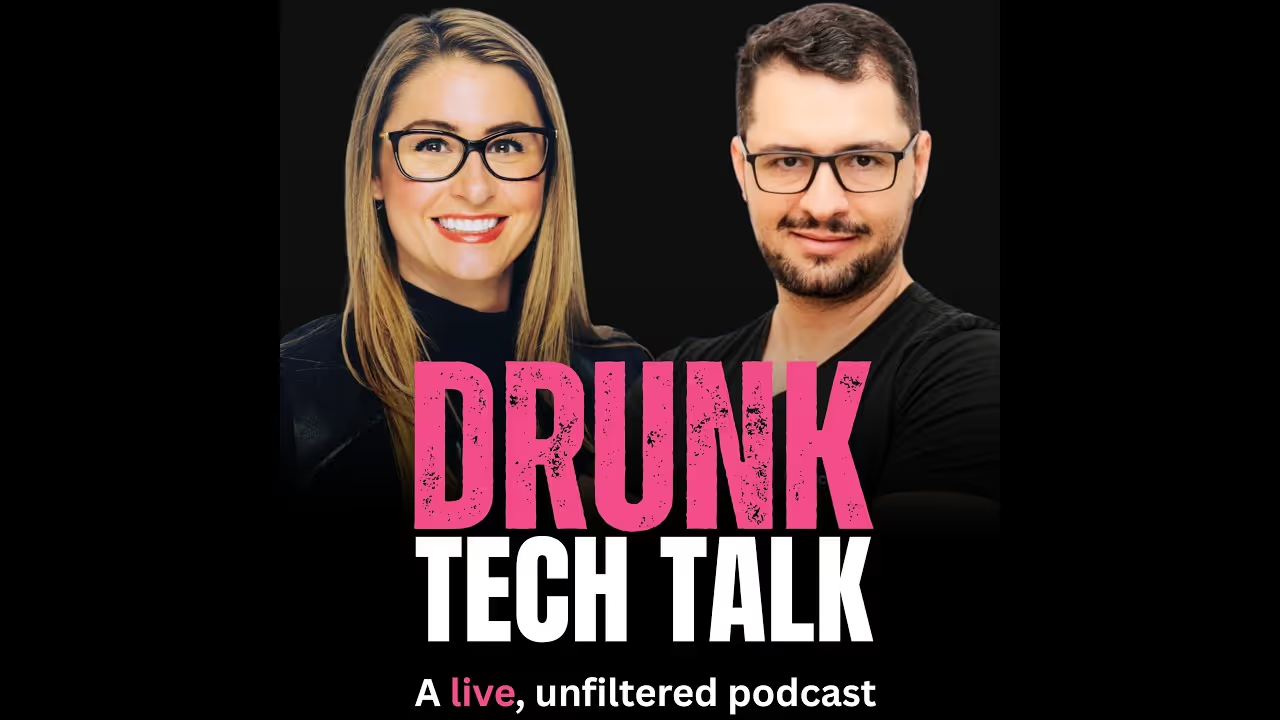
FAQs
What is an MVP in the startup development process?
How long does it take to build an MVP?
What are the key steps in the MVP development process?
How much does it cost to develop an MVP?
How do I validate my MVP after launch?
Can I scale directly from an MVP to a full product?





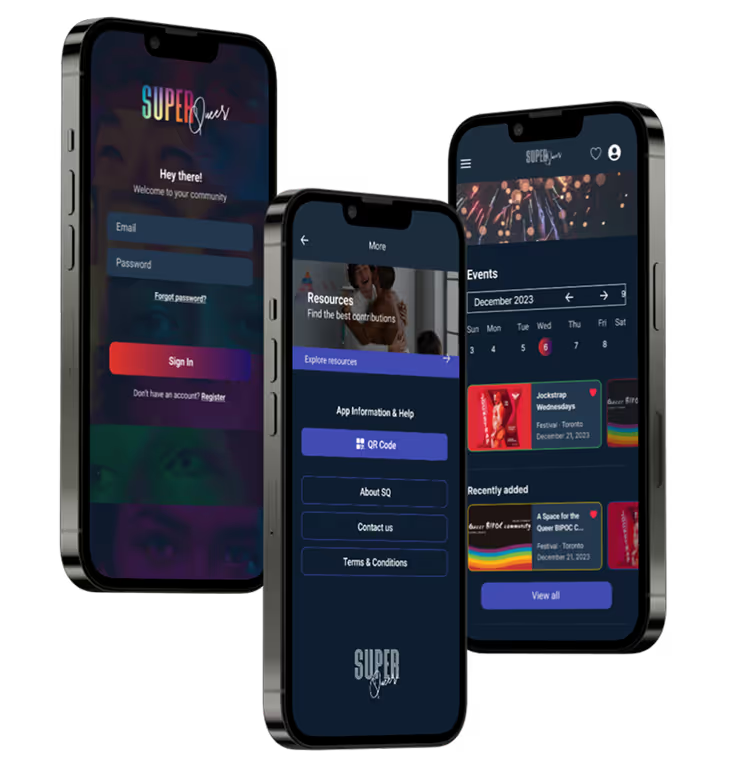

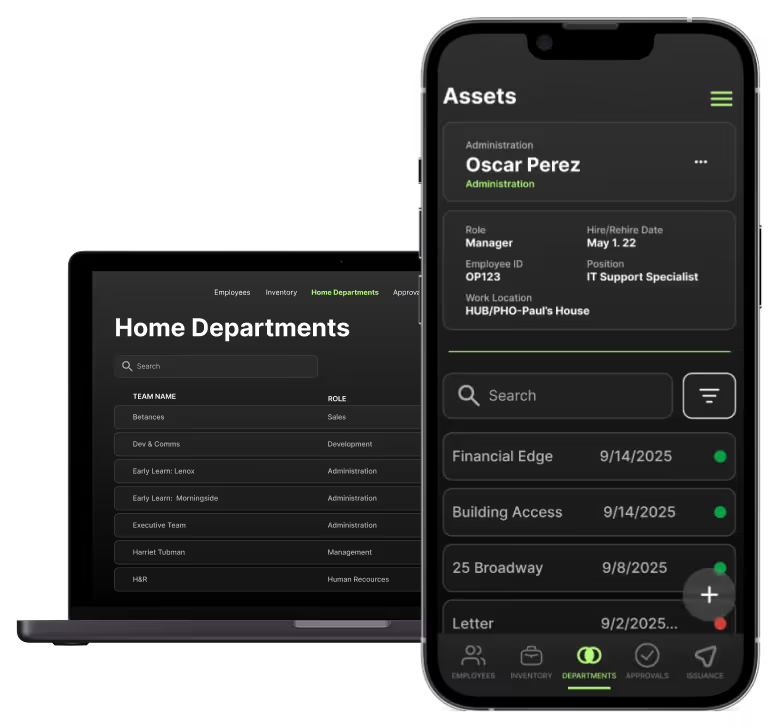
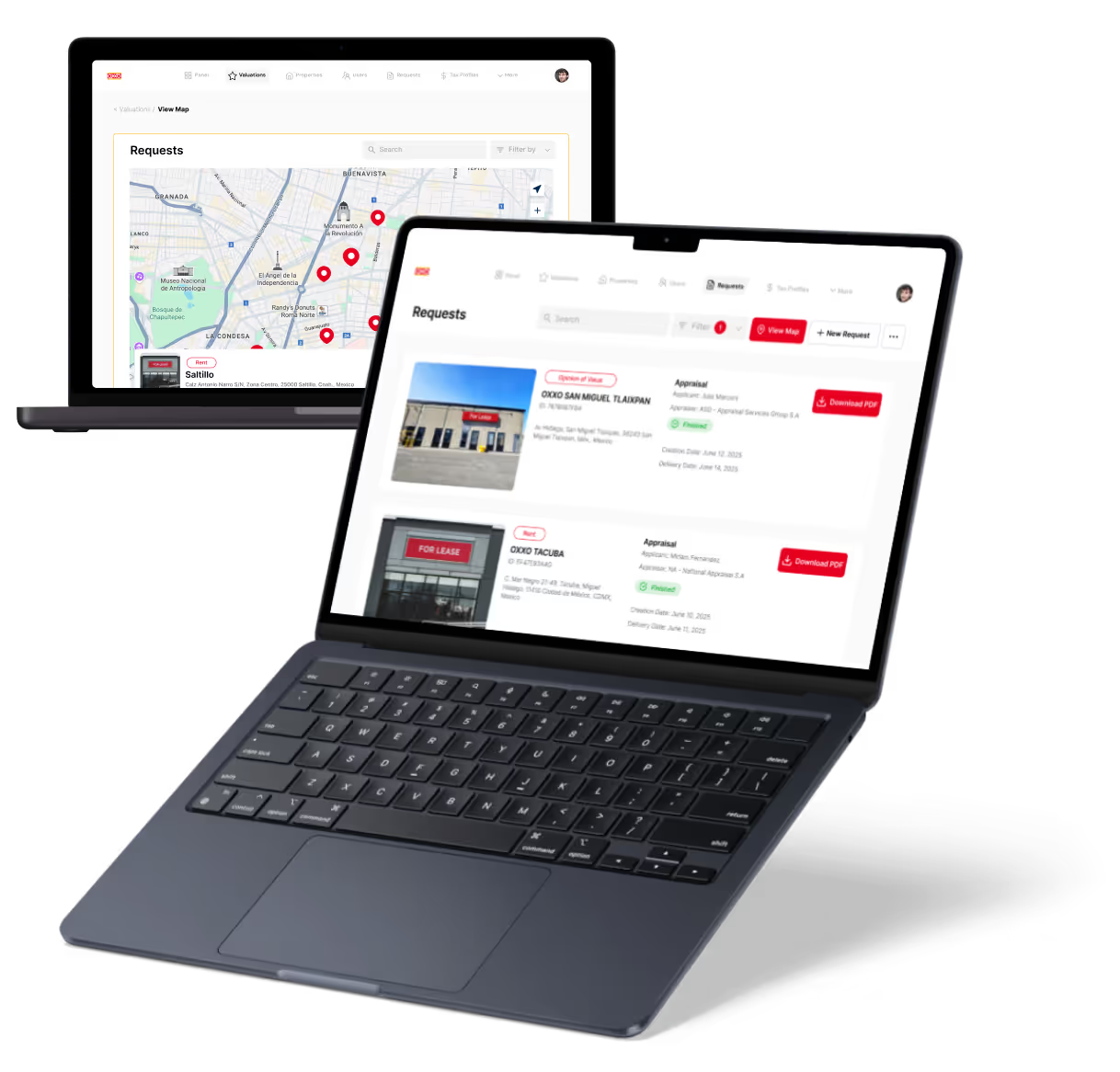
%20(Custom).avif)






